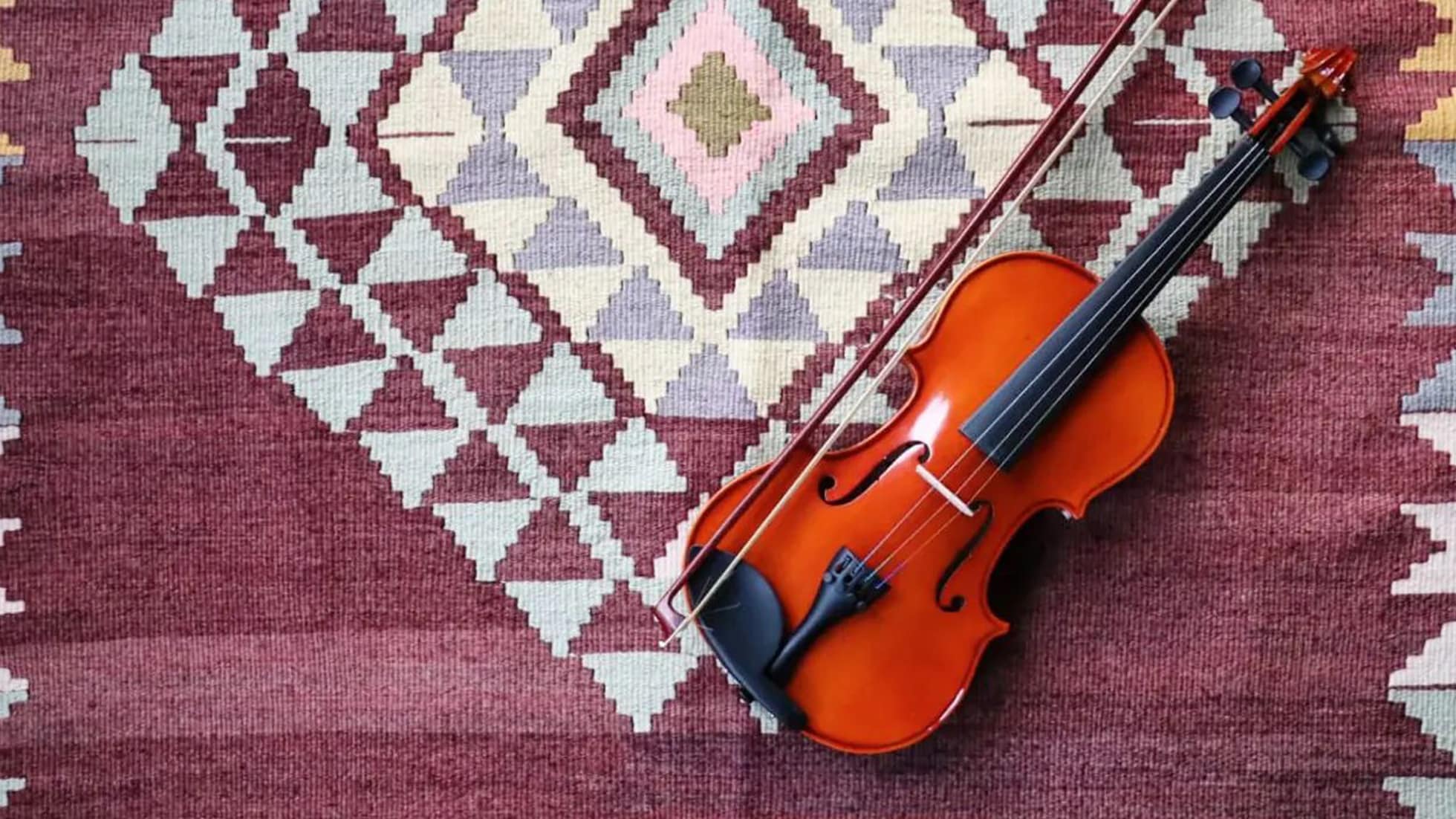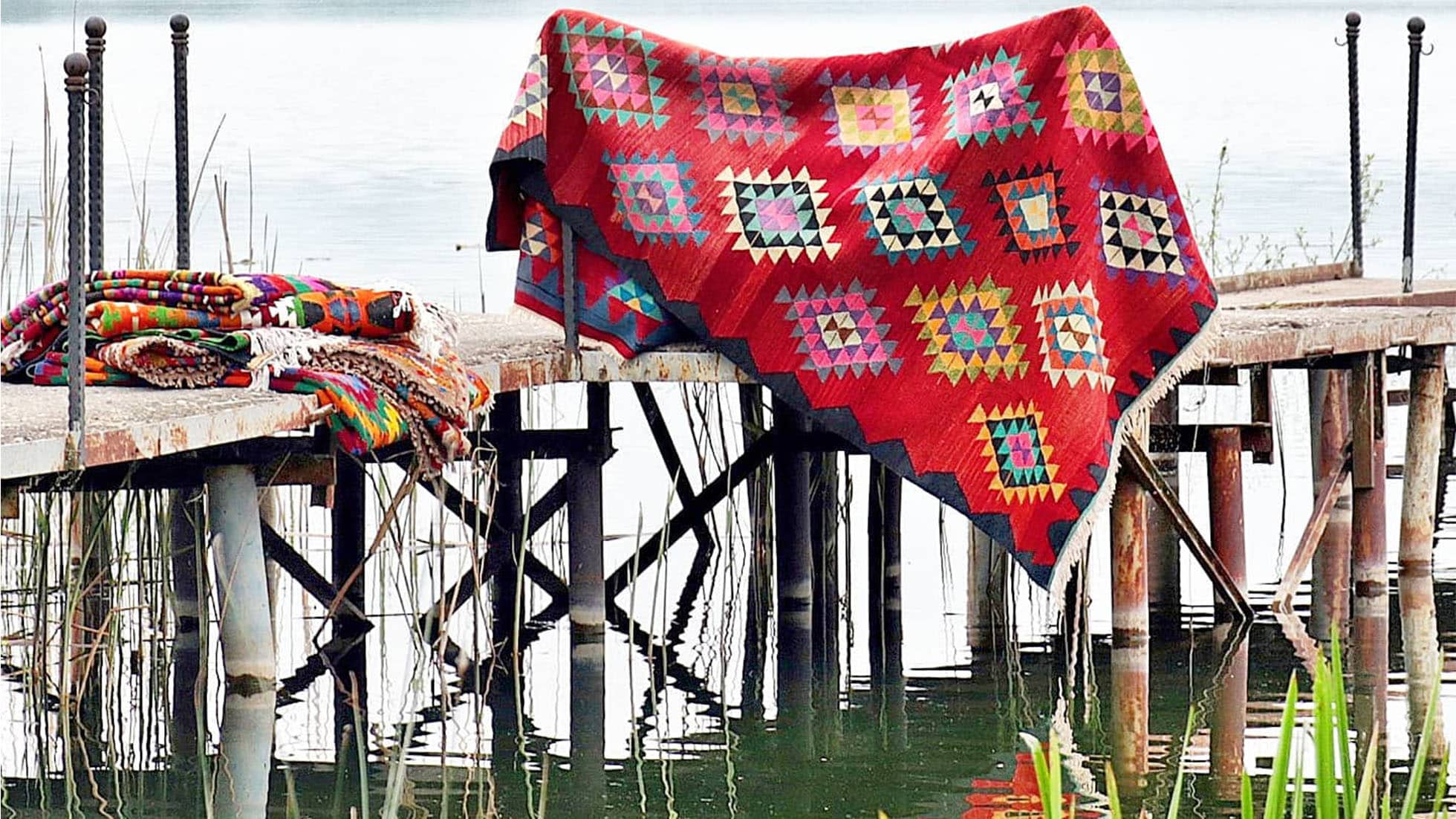
5 Reasons Why Anatolian Kilims are the Most Artistic Home Decor Choice
Step into a world where every thread weaved into the fabric tells a story, a world where art and heritage merge seamlessly to create the unparalleled beauty of Anatolian handwoven kilim rugs. As we explore the realm of home decor, there's a captivating choice that goes beyond conventional floor coverings—Anatolian kilims. These exquisite pieces are not just mere embellishments for your living space; they are a celebration of artistic values, a reflection of cultural heritage that transcends time.
In this blog post, we unveil the five compelling reasons why Anatolian kilims stand out as the most artistic choice for home decor. From the profound symbolic meanings woven into their threads to the unconventional compositions that defy symmetry, each kilim is a testament to the craftsmanship and artistic mastery that has been passed down through generations.
Let's delve into the reasons why Anatolian kilims are more than just decorative accents; they are a canvas of cultural richness and artistic depth that brings a touch of elegance to any home.
1. Symbolic Meanings Woven into Threads
Anatolian kilim rugs are not just textiles; they are narratives crafted with each thread, each motif holding profound symbolic meanings. From the intricate patterns to the subtle variations in density, these kilims weave a silent language of communication within society. Understanding the cultural symbolism behind these motifs adds layers of meaning and significance to these artistic creations, making them more than mere home decor items.
2. Symmetry and Artistic Enhancement
Symmetry, a prevalent element in Anatolian kilim design, serves as a canvas for the weaver's creativity. While maintaining traditional symmetry, the placement of filler motifs in unexpected locations elevates the artistic value of these kilims. Geometric forms, meticulously arranged, bring order and harmony to the surface embellishments, creating visually striking and aesthetically pleasing compositions.
3. Cultural Traces and Artistic Evolution
Kilims are more than just visual delights; they are historical artifacts that bear traces of ancient cultural lifestyles and regional customs. The motifs, inspired by material and spiritual origins, have evolved over time, transforming into captivating visual representations. The evolution of these motifs reflects the dynamic journey of human consciousness and identity.
4. Symbology and Artistic Mastery
The development and enrichment of symbolic motifs in Anatolian kilims are intricately linked to the technical skill and mastery of the weaver. Geometric motifs, formed on square, triangle, circle, and rectangle foundations, showcase the weaver's commitment to precision and excellence. Each motif, carefully chosen and woven, adds to the overall artistic value of the kilim.
5. Philosophical and Aesthetic Enrichment
Anatolian kilims, woven by Yörük and Türkmen women, have captured the fascination of Western art since the time of the Anatolian Seljuks. Their functionality, coupled with diverse motifs and vibrant colors, adds a layer of philosophical and aesthetic richness to these textiles. The central area of the kilim, considered sacred by the weaver, exemplifies the sanctity attributed to these artistic creations.
The center of the kilim below is patterned with a hexagonal motif in a ½ repeat. Despite using only a single type of motif, the appearance of the kilim is diversified through a variety of colors, steering away from monotony. This example is akin to the color explorations found in the paintings of artist Paul Klee. Unconventional traditional weavings like this are not unfamiliar to those acquainted with contemporary art.

Middle Anatolia, circa 1850s (Kreissl, 2000: 60)
The Sacred Cave, categorized as Fingered Kilim in the category defined as equilateral quadrilateral, bears a striking resemblance to contemporary minimalist-designed carpets and those woven during the Art Deco artistic movement period, characterized by its appearance.

Parmakli Kilim, Inkoy/Kutahya (Special Collection) (Mellaart vd, 1989: 32)
In conclusion, Anatolian kilims, original art pieces that carry the same value as paintings by Western painters of the 20th century, are artworks that should adorn every home. They are not just home decor; they are living pieces of art that tell stories, bridge cultures, and transcend time. Their intricate motifs, woven with precision and care, carry a rich tapestry of symbolism and cultural heritage.
Choosing an Anatolian kilim for your home is not just a design choice; it's an homage to centuries of craftsmanship, an embrace of tradition, and an invitation for artistic depth to grace your living space. As you lay an authentic Turkish kilim in your home, you are not just decorating; you are curating a piece of history, a symbol of timeless elegance and cultural richness.




Leave a comment
This site is protected by hCaptcha and the hCaptcha Privacy Policy and Terms of Service apply.